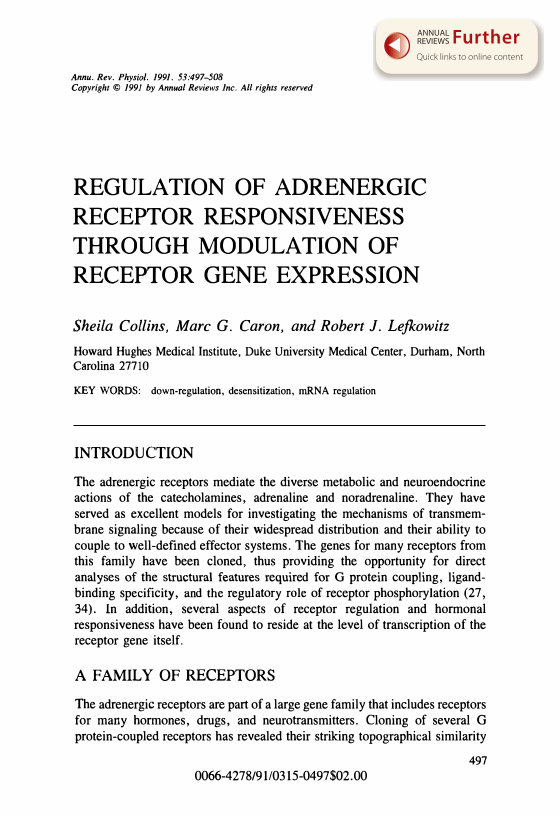
Full text loading...

Regulation of Adrenergic Receptor Responsiveness Through Modulation of Receptor Gene Expression, Page 1 of 1
< Previous page | Next page > /docserver/preview/fulltext/physiol/53/1/annurev.ph.53.030191.002433-1.gif
There is no abstract available.

Article metrics loading...

Full text loading...

